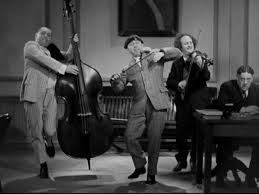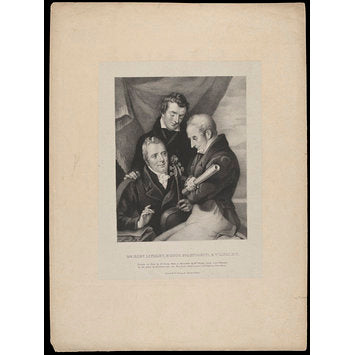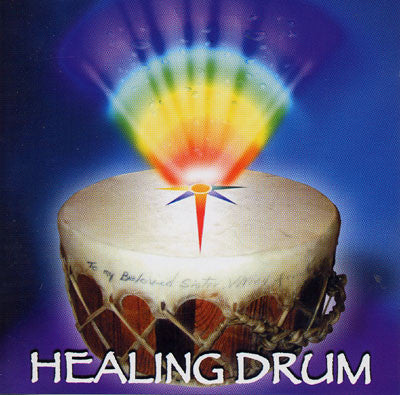Music Music Music

Fragrance and Music? Color and Music was Obvio...
Maybe too much free time has taken it's toll, but let's think about the relationship between Fragrance and Music... WHAT DO YOU THINK? What music would the smell of Strawberries...
Fragrance and Music? Color and Music was Obvio...
Maybe too much free time has taken it's toll, but let's think about the relationship between Fragrance and Music... WHAT DO YOU THINK? What music would the smell of Strawberries...

How to Buy a Violin Bow
Whether you're a student starting out on the violin, or a professional musician, choosing the right violin bow to buy can be difficult. There are a variety of violin bows...
How to Buy a Violin Bow
Whether you're a student starting out on the violin, or a professional musician, choosing the right violin bow to buy can be difficult. There are a variety of violin bows...

What is the Fibonacci Sequence – and why is it ...
Geniuses from Mozart to Leonardo da Vinci have used the Fibonacci Sequence. But what is it and why does it make great music? The Fibonacci Sequence has been nicknamed ‘nature’s...
What is the Fibonacci Sequence – and why is it ...
Geniuses from Mozart to Leonardo da Vinci have used the Fibonacci Sequence. But what is it and why does it make great music? The Fibonacci Sequence has been nicknamed ‘nature’s...

String Bass Introduction
The string bass (pronounced like ‘base”) is the largest and lowest sounding member of the string family. It is sometimes called contrabass, sound is produced by drawing a bow across...
String Bass Introduction
The string bass (pronounced like ‘base”) is the largest and lowest sounding member of the string family. It is sometimes called contrabass, sound is produced by drawing a bow across...

Paolo Spagnoletti, Italian Violinist, started o...
What a life of a young musician! We see hundreds of young children everyday at the store. They need a new 'E' string because they tried to tune the instrument...
Paolo Spagnoletti, Italian Violinist, started o...
What a life of a young musician! We see hundreds of young children everyday at the store. They need a new 'E' string because they tried to tune the instrument...

The Health Benefits of Drumming
Science has made it quite clear that drumming has some profound and holistic uses to enhance physical, mental and emotional health, as demonstrated in a series of studies and research papers.
The Health Benefits of Drumming
Science has made it quite clear that drumming has some profound and holistic uses to enhance physical, mental and emotional health, as demonstrated in a series of studies and research papers.
